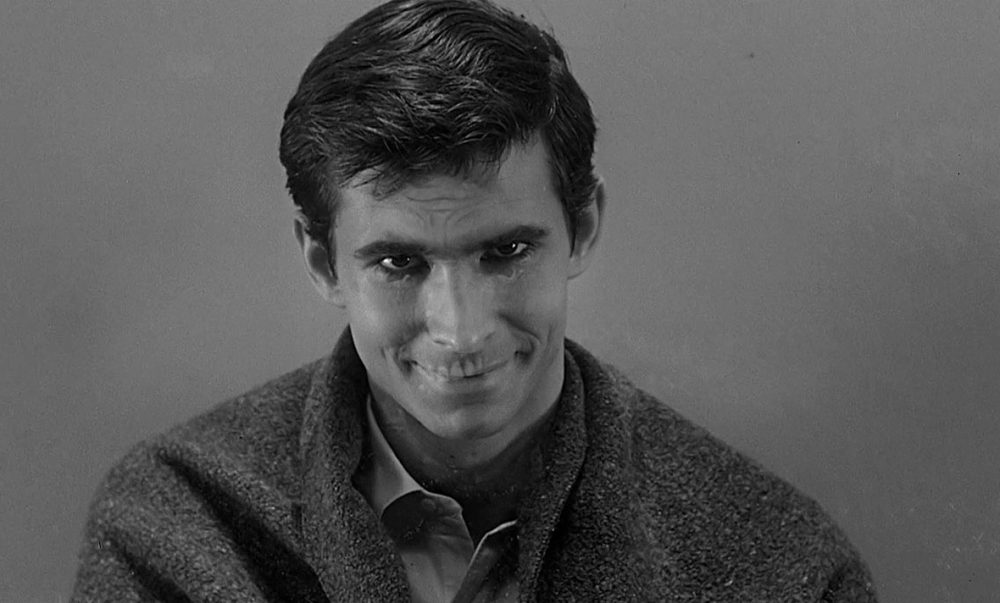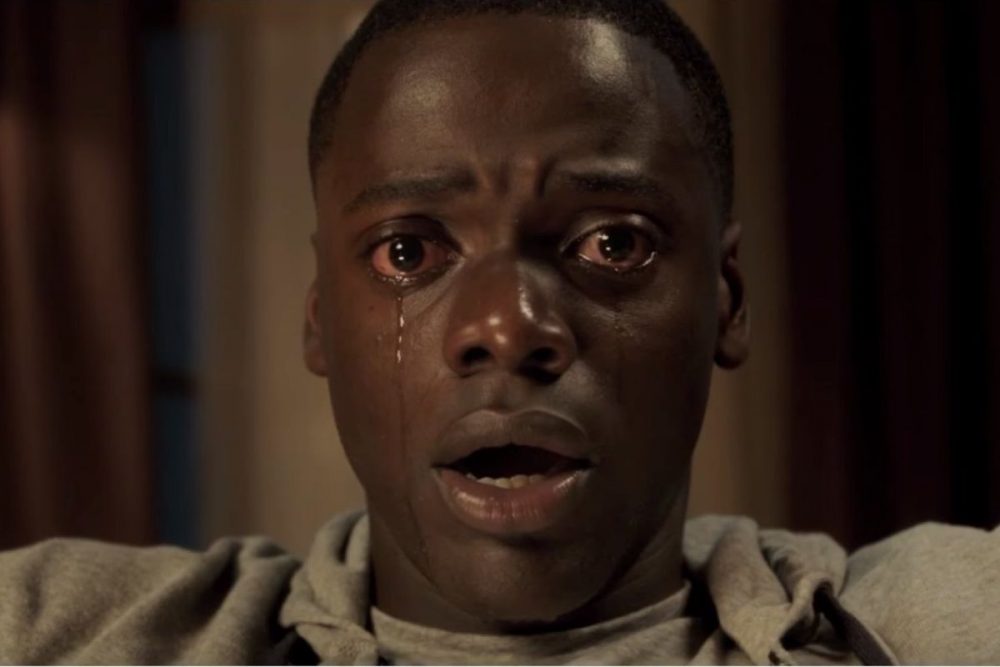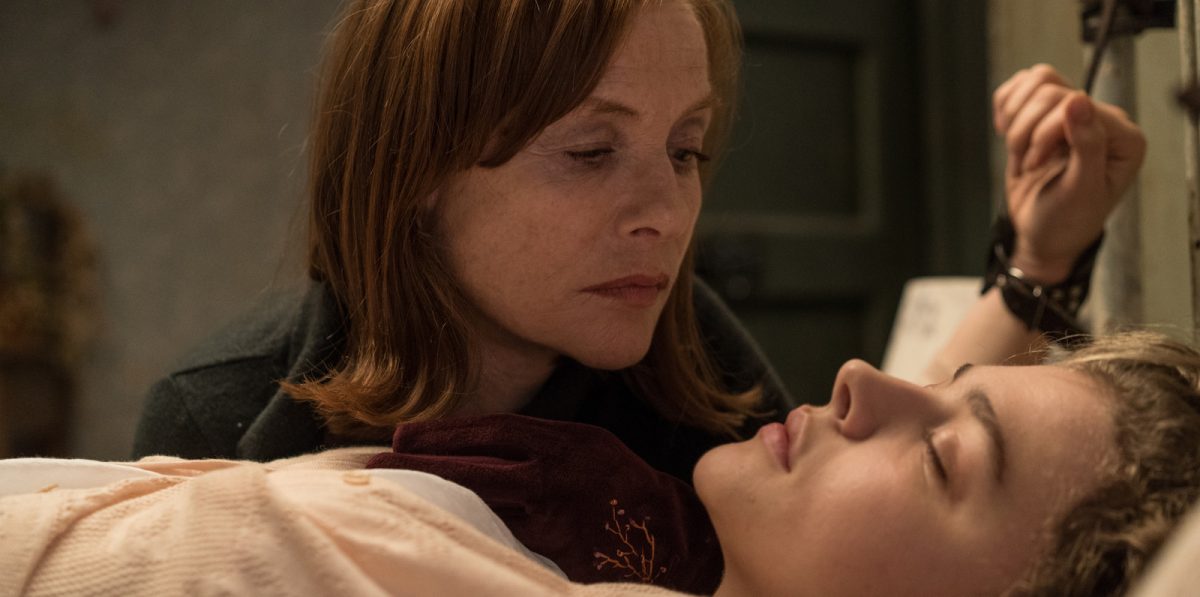This might seem like an odd topic to be writing about on The Beat, but let me explain the origins of this piece.
A few weeks ago, I went to the theater to watch Happy Death Day 2 U, and as expected, there were a ton of trailers in front of it. Even though I was seeing a horror movie, I was kind of surprised by the number of trailers for real-world psychological thrillers that were coming out over the next few months.
On Friday, Focus Features opens Greta, a new thriller from Irish filmmaker Neil Jordan, which stars Chloe Grace Moretz (Kick-Ass) and Isabelle Huppert (Elle), while Screen Gems will release the Deon Sanders’ directed The Intruder on May 3, and later that month, Universal and Blumhouse release Tate Taylor’s Ma. Of the three, I’ve only seen Greta, but it’s pretty obvious that all three movies start as one thing then transform into something else.
The Intruder involves a couple moving into a home, formerly owned by Dennis Quaid, who then just won’t go away and keeps returning to terrorize the couple. Ma stars Octavia Spencer as a woman who helps a bunch of kids buy some booze and then lets them party in her basement … only for them to learn that she has ulterior motives. Heck, check out the trailer for Ma below, because it’s pretty crazy:
Defining the Genre
Probably one of the first things to determine whether there in an actual Renaissance for the genre is to differentiate between a straight-up horror film and a psychological thriller.
I was once present when director Guillermo del Toro was asked how he defines horror, and he responded that horror is defined by movies in which the supernatural is involved, so a slasher movie might not be considered “horror” unless the slasher is actually able to return in ways that can only be accounted for by the supernatural, which would be the case with Freddy Krueger, Michael Myers, Jason, etc. Obviously, this also includes ghost stories of any kind, vampires, mummies, zombies and any creatures that would be out of the ordinary.
With that in mind, if we were to define what makes a good psychological thriller, such as the ones mentioned above, they would generally involve everyday people doing generally crazy things to each other.
A Brief History of Psychological Thrillers

While there have been psychological thrillers almost as long as there has been cinema, the filmmaker who defined most of his career from making them was Alfred Hitchcock. His 1940 film Rebecca about a young woman who marries a wealthy millionaire and then starts to freak out about being compared to his previous wife (for good reason) was a good example, and there were others like Frank Capra’s 1944 film Arsenic and Old Lace.
But it was probably Hitchcock’s 1960 movie Psycho (based on Robert Bloch’s novel) that made millions of people mistrust the creepy manager of that seedy highway motel and definitely not want to take a shower without locking the doors. The success of Psycho led to many studios and filmmakers delving into the genre with Robert Aldrich making 1962’s Whatever Happened to Baby Jane?, starring Joan Crawford and Bette Davis, being so pivotal that FX and Ryan Murphy made a whole series based on the making of the movie. (Like Psycho, it also got four Oscar nominations, but at least it won one.)
Interest in the genre continued right up through Nicolas Roeg’s Don’t Look Now in 1973, a film that marked another era of great psychological thrillers. The genre then had another big resurgence in the ‘80s and ‘90s, as films like Fatal Attraction and Basic Instinct made huge stars out of Glenn Close and Sharon Stone. Oddly, both those movies starred Michael Douglas, but they didn’t exactly hurt his career either.
While Stephen King often delved into the supernatural with his books, the Rob Reiner adaptation of Misery is definitely more of a psychological thriller than horror, because it involves real people in situations that could be ripped from the headlines. Single White Female involves Bridget Fonda trying to find a roommate for her apartment and ending up with the psychotic Jennifer Jason Leigh, who slowly tries to take her place. A year later, the Alec Baldwin-Nicole Kidman thriller Malice (co-written by Aaron Sorkin, no less) also involves a dangerous tenant, as does 1990’s Pacific Heights. What’s especially interesting about many of these ‘80s and ‘90s thrillers is that many of the casts went onto bigger things.
Sure, there have been more recent attempts to revive the genre, as there’s often at least one high-concept psychological thriller every year. Last year, it was either Breaking In or Traffik (from the director of The Intruder), and who can forget Samuel L. Jackson, Kerry Washington and Patrick Wilson in Neil Labute’s 2008 offering Lakeview Terrace? (Most people, apparently.)
Why is The Genre Coming Back?

Much of the current renaissance can probably be attributed to (or blamed on) the success of Jordan Peele’s Get Out, which really blew the doors off how the psychological thriller genre could be used to discuss sociopolitical ideas. It took some of the ideas introduced in the 1975 thriller The Stepford Wives and used it to explore race relations. Of course, Get Out starts out as a psychological thriller and then it gets further and further into the world of horror and sci-fi with the hypnosis and the big twist. Also, coincidentally, Get Out also got four Oscar nominations, winning one.
Peele’s follow-up Us comes out later in March, but that’s probably going to go even further into the horror vein. The timing seems perfect that two years after the overwhelming box office success of Peele’s directorial debut that there would be more interest from studios to copy Get Out’s success.
The reason these films do well is that they’re fairly high-concept and that premise can easily be sold in a trailer. You can often get top-level, even Oscar-caliber, talent for these movies, too, since they can be made quickly, easily and cheaply. Thrillers generally don’t cost as much as other type of horror movies simply because they often don’t require a ton of visual FX work and scares can be created in-camera with the right lighting and sound FX. When you combine low-cost with easy-to-sell, you basically have the Blumhouse model right there, and it’s why Ma is probably going to be another big hit for the company. (For all the movies of the genre mentioned above, there are lots of smaller independent thrillers being released almost on a weekly basis. Again: Cheap, easy-to-sell concepts means quicker profits.)
We’ll have to see how Greta does this weekend, but those other movies are already on the way, and I can guarantee others are being developed and greenlit as we speak, so we might see even more before year’s end.













Are you sure your work hasn’t appeared in the back of Mr Brubaker’s comics at some point…?
Who? Me? Nope… I enjoy reading his work and I like his first name as well :)
GET OUT is so close to reality,it hurts. it shows black men as vulnerable on-screen as they really are in America, if you are courageous enough to dismiss all the white-wing propaganda in the media portraying them as belligerent.
As wonderful as GET OUT was, it was not the only genre movie that has contributed to the psychological thriller
Bird Box, another thriller, also addressed white racism towards blacks.
“Greta” is definitely worth seeing. Maika Monroe steals every scene she appears in.
Comments are closed.